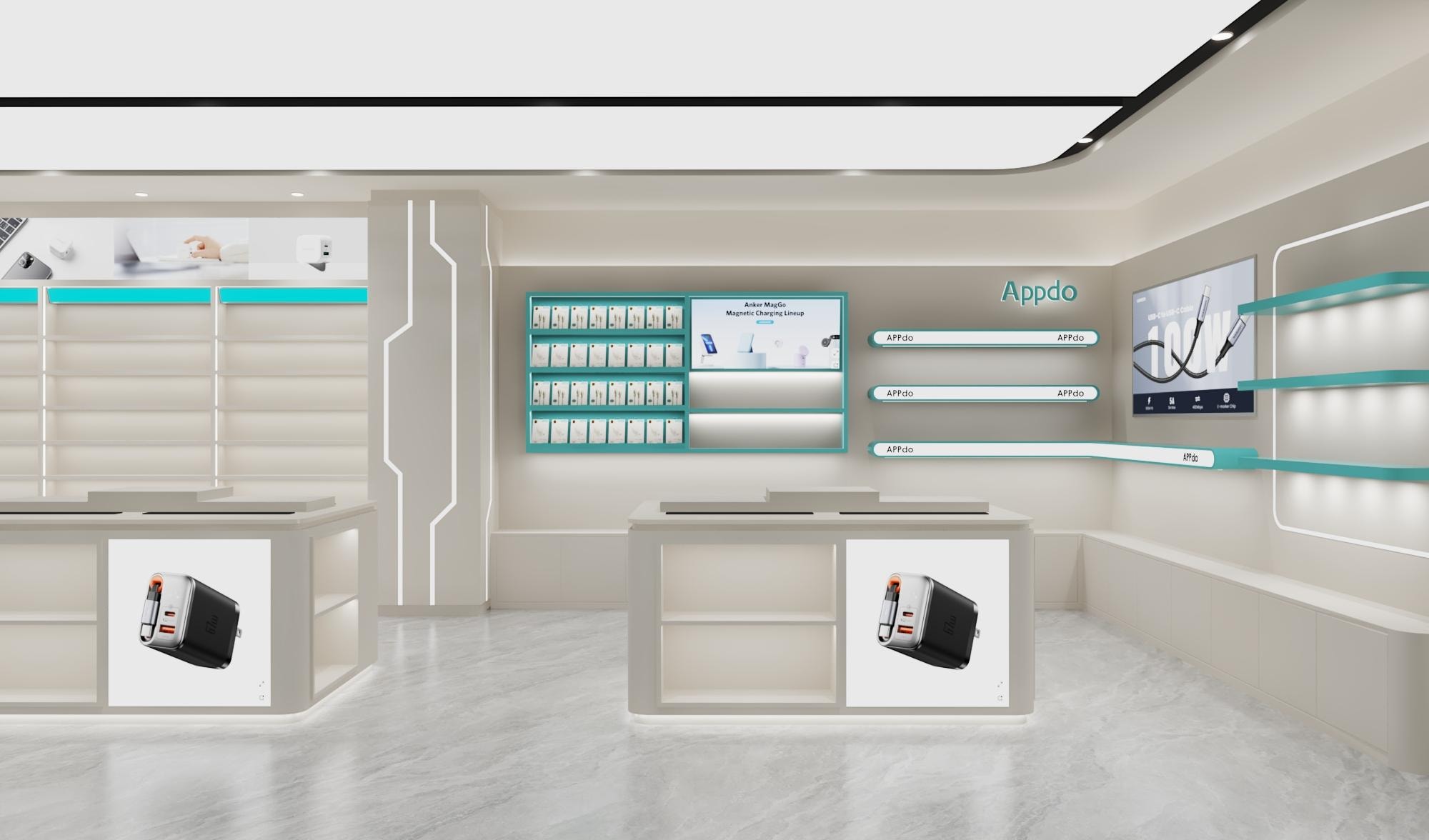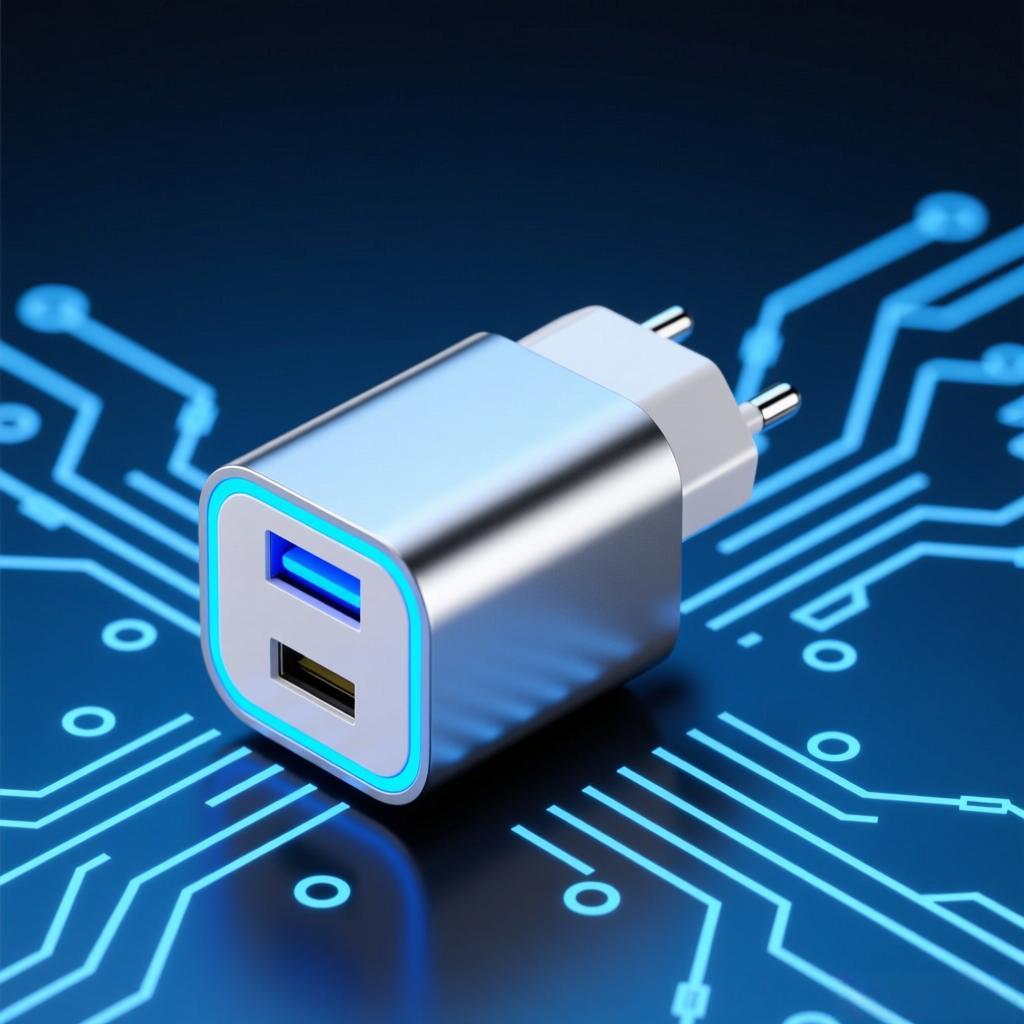
The Ultimate Charger Buying Guide: Say Goodbye to Choice Overload, Master Safe Fast Charging in One Go!
Updated on September 18, 2025
In today's world filled with smart devices, a charger is no longer just a simple accessory. It is a critical component that affects device lifespan, charging efficiency, and even personal safety. Faced with an overwhelming array of chargers on the market, from original equipment manufacturer (OEM) to third-party options, and from 18W to 140W, how do you choose a charger that is safe, efficient, and durable?
Table of contents
- Part 1: More Than Just a "Plug": Understanding Different Types of Chargers
- Part 2: Understand the Specs, Don't Get Fooled: Analyzing Core Charger Metrics
- Part 3: Safety First! Essential Warnings for Choosing a Charger
- Part 4: Scenario-Based Buying Advice: Which Charger Is Best for You?
- Part 5: Conclusion: Investing in a Good Charger is Investing in Your Device's Safety and Future
This article will serve as your encyclopedic guide to buying chargers, taking you through all aspects comprehensively.

Standard Charger: The most common basic type, usually with lower power (5W-10W), offering only basic charging functionality without fast charging support.
Fast Charger (Quick Charge Charger): The core keyword! Significantly reduces charging time by increasing voltage and current. When purchasing, be sure to confirm that your device supports the corresponding fast charging protocol.
Gallium Nitride (GaN) Charger: A revolutionary product in recent years. Made with new GaN material, it holds absolute advantages over traditional silicon-based chargers: smaller size, higher power, and lower heat generation. It is the top choice for multi-device users and travelers.
Wireless Charger: Charges devices supporting standards like Qi through electromagnetic induction, freeing you from cables—a must-have for those seeking a tidy desk.
Car Charger: Designed specifically for use in vehicles, meeting charging needs during travel.
Power (W - Watts): The core factor determining charging speed. Power = Voltage(V) x Current(A). Higher power generally means faster charging, but note the maximum power your device can accept.
Recommendation: Phones generally require 18W-30W; Tablets/Nintendo Switch require 30W-45W; Thin-and-light laptops require 65W or more.
Fast Charging Protocol (Quick Charge Protocol): This is the "common language" that enables fast charging. The charger and the device must support the same protocol to initiate fast charging.
Common Protocols: PD (USB Power Delivery), QC (Qualcomm Quick Charge), Huawei FCP/SCP, Samsung AFC, MediaTek PE, etc.
Buying Secret: The PD protocol is currently the most universal and mainstream protocol, widely supported by Apple MacBooks, iPhones (8 and later), and Android flagship devices. Choosing a multi-protocol charger that supports the PD protocol is the solution with the best compatibility.
Port Types and Quantity:
USB-A: Traditional port, still very common.
USB-C: Mainstream port, supports higher power and fast charging protocols.
Multi-Port Charger: Can charge multiple devices simultaneously, very convenient. Pay attention to whether the specifications indicate power distribution when multiple ports are used simultaneously (e.g., 65W output becomes 45W + 18W when both ports are in use).
3C Certification: A mandatory safety certification for products sold in the Chinese market, it's the baseline guarantee.
Brand Reputation: Prioritize well-known third-party brands like Anker, Belkin, ZMI, Ugreen, or OEM chargers from your device's manufacturer. Avoid unbranded, suspiciously cheap counterfeit products.
Protections: Excellent chargers have built-in multiple protection mechanisms—such as over-temperature, over-voltage, over-current, and short-circuit protection—that automatically cut off power in abnormal conditions to protect both the device and the user.
Android Flagship Users: Choose a 30W-65W charger supporting PD/PPS and other relevant protocols for good compatibility with major brand fast charging.
Multi-Device Users/Laptop Users: A Gallium Nitride (GaN) Multi-Port Charger is your best companion. A single 100W GaN charger can power your laptop, phone, and headphones simultaneously, greatly simplifying your desk and travel bag.
Frequent Travelers: A compact and lightweight GaN Charger is essential. Pair it with a fast-charging car charger to perfectly cover all your travel scenarios.
Take action now! Click to check out [Brand Name]'s best-selling chargers and experience safe, ultra-fast charging!

Part 1: More Than Just a "Plug": Understanding Different Types of Chargers
First, we need to dispel the myth that "all chargers are pretty much the same." Based on purpose and design, chargers can be mainly categorized into the following types:Standard Charger: The most common basic type, usually with lower power (5W-10W), offering only basic charging functionality without fast charging support.
Fast Charger (Quick Charge Charger): The core keyword! Significantly reduces charging time by increasing voltage and current. When purchasing, be sure to confirm that your device supports the corresponding fast charging protocol.
Gallium Nitride (GaN) Charger: A revolutionary product in recent years. Made with new GaN material, it holds absolute advantages over traditional silicon-based chargers: smaller size, higher power, and lower heat generation. It is the top choice for multi-device users and travelers.
Wireless Charger: Charges devices supporting standards like Qi through electromagnetic induction, freeing you from cables—a must-have for those seeking a tidy desk.
Car Charger: Designed specifically for use in vehicles, meeting charging needs during travel.
Part 2: Understand the Specs, Don't Get Fooled: Analyzing Core Charger Metrics
When selecting a charger, be sure to understand these key parameters:Power (W - Watts): The core factor determining charging speed. Power = Voltage(V) x Current(A). Higher power generally means faster charging, but note the maximum power your device can accept.
Recommendation: Phones generally require 18W-30W; Tablets/Nintendo Switch require 30W-45W; Thin-and-light laptops require 65W or more.
Fast Charging Protocol (Quick Charge Protocol): This is the "common language" that enables fast charging. The charger and the device must support the same protocol to initiate fast charging.
Common Protocols: PD (USB Power Delivery), QC (Qualcomm Quick Charge), Huawei FCP/SCP, Samsung AFC, MediaTek PE, etc.
Buying Secret: The PD protocol is currently the most universal and mainstream protocol, widely supported by Apple MacBooks, iPhones (8 and later), and Android flagship devices. Choosing a multi-protocol charger that supports the PD protocol is the solution with the best compatibility.
Port Types and Quantity:
USB-A: Traditional port, still very common.
USB-C: Mainstream port, supports higher power and fast charging protocols.
Multi-Port Charger: Can charge multiple devices simultaneously, very convenient. Pay attention to whether the specifications indicate power distribution when multiple ports are used simultaneously (e.g., 65W output becomes 45W + 18W when both ports are in use).
Part 3: Safety First! Essential Warnings for Choosing a Charger
A poor-quality charger isn't just slow; it's a potential "household bomb." Always ensure the following safety guarantees:3C Certification: A mandatory safety certification for products sold in the Chinese market, it's the baseline guarantee.
Brand Reputation: Prioritize well-known third-party brands like Anker, Belkin, ZMI, Ugreen, or OEM chargers from your device's manufacturer. Avoid unbranded, suspiciously cheap counterfeit products.
Protections: Excellent chargers have built-in multiple protection mechanisms—such as over-temperature, over-voltage, over-current, and short-circuit protection—that automatically cut off power in abnormal conditions to protect both the device and the user.
Part 4: Scenario-Based Buying Advice: Which Charger Is Best for You?
iPhone Users: Choose at least a 20W or higher charger supporting the PD protocol to achieve iPhone's 20W fast charging.Android Flagship Users: Choose a 30W-65W charger supporting PD/PPS and other relevant protocols for good compatibility with major brand fast charging.
Multi-Device Users/Laptop Users: A Gallium Nitride (GaN) Multi-Port Charger is your best companion. A single 100W GaN charger can power your laptop, phone, and headphones simultaneously, greatly simplifying your desk and travel bag.
Frequent Travelers: A compact and lightweight GaN Charger is essential. Pair it with a fast-charging car charger to perfectly cover all your travel scenarios.
Part 5: Conclusion: Investing in a Good Charger is Investing in Your Device's Safety and Future
Although small, a charger is crucial. It is not only a power supply station but also the "gatekeeper" of your device's health. We hope this Charger Buying Guide has helped clear the fog, enabling you to invest in a safe, efficient, and reliable high-quality charger based on your needs and budget, making it a capable assistant in your digital life.Take action now! Click to check out [Brand Name]'s best-selling chargers and experience safe, ultra-fast charging!

